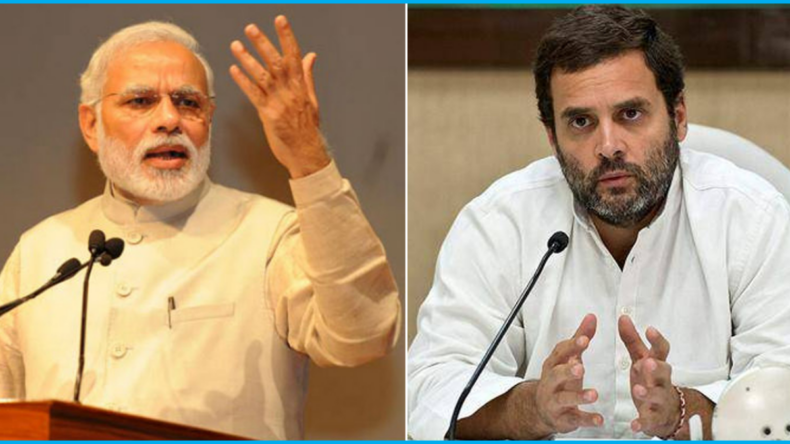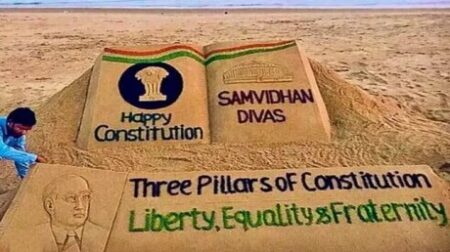West Bengal Chief Minister Mamata Banerjee has been actively pursuing a national profile for her Trinamool Congress (TMC) party and presenting herself as the leader of a united Opposition at the Centre against Bharatiya Janata Party (BJP). She has stated that the unification of regional parties can defeat the BJP.
Many major provincial political parties, which are not members of the BJP-led National Democratic Alliance (NDA), are hesitant to respond despite Banerjee’s efforts to project the TMC and herself as the unifying force in the opposition in West Bengal, and planned scheme is underway to unite regional parties against both the BJP and the Congress.
Banerjee’s goal is to combine the strength of regional parties to govern the country in the 2024 general elections.
Her recent victory in the Assembly election has encouraged her to think about national leadership, aligning with her view that power will flow from the States to the Centre. She acknowledges it will not be possible to build a solid alternative to the present government by any one party alone.
For her party to play national politics, she realises that it needs to expand beyond West Bengal and compete in the elections of other states. The party is now trying to extend its reach into the northeast, Haryana, and Bihar, and it has taken on several local leaders from the Congress.
There is a difference between unions of regional parties and unions of States. The former refers to the electoral alliances and coalitions in the formation of the government. On the other hand, the latter concerns national governance and the nature of federalism, regardless of who forms the union government.
Therefore, power will flow from the states to the Union through this approach rather than through a federation of regional parties, which is a political strategy. In this period of the hectic pre-election activities. Parties surprised by the BJP’s second consecutive victory start the process right after the election.
After the last general election, parties taken aback by the BJP’s second successive victory started their pre-election campaigns. The reason for halting parliamentary procedures is not only to dissuade productive work in the legislature, thereby BJP becomes a non-performing party and loses its stature as an action-oriented party.
It is adopted to reduce BJP’s non-performing party towards political reconciliation. In her style, Mamata rejected the idea of a Congress-led alliance to take on BJP in the current move as a crucial development.
The TMC’s parliamentary party was unanimously elected to be led by Mamata Banerjee, a non-MP. This will allow her to better interact with other Opposition parties on issues and coordinate joint opposition activities.
Opposition moves show that the days of merging and acquiring parties have passed. History has shown that mergers are artificial, but splittings occur naturally. Splits are triggered by an eye on immediate benefits and then dissipate as time passes upon completing or failing to accomplish the original purpose.
Even the most minor parties stay independent or form alliances rather than merge with others and lose their identities throughout states.
Leadership ability is a determining factor in the possibility of convening either type of Union, that is, a political union of regional parties or a political union of states.
The TMC seeks to assemble cooperative regional parties to retake the Centre’s power in its principal agenda. We are yet to see how many people are in favour of this.













